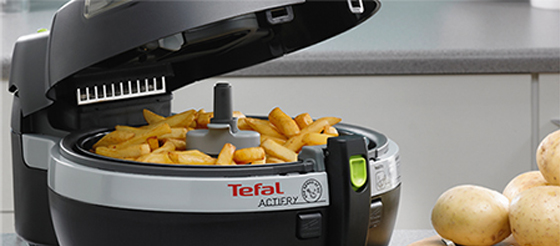 Only a year ago, many people were already writing off wearable tech as a gimmick that would fade into obscurity. However, 12 months on, wearables are a growing force in the tech world that can’t be ignored.
Only a year ago, many people were already writing off wearable tech as a gimmick that would fade into obscurity. However, 12 months on, wearables are a growing force in the tech world that can’t be ignored.
Whether it be fitness trackers, such as the Fitbit Charge HR and Epson Sensing, or dedicated smartwatches such as LG G Watch, Samsung Gear Live and Pebble Steel, wearables are everywhere and every major brand is jumping on the bandwagon.
With an estimated 72 million wearable devices expected to be shipped this year, up from 30m in 2014, wearables are a category that will continue to grow and is here to stay. Although the big name in the industry, forget the Apple Watch, as it’s unlikely that third-party retailers will be able to stock it soon, if ever.
Instead, focus on the multitude of other devices that are available to third-party retailers, like Android Wear, using the world’s most popular software platform. With more mobile devices running Android than any other, compatible wearables will appeal to a broad spectrum of consumers.
The appeal of a smartwatch is now not age-dependent. Any demographic can perceive a need, with people mostly wanting a wearable to view maps/get directions (68 per cent), read notifications (61 per cent) and control smart devices in the home (55 per cent) like Google Chromecast, the smartest and easiest £30 you’ll ever spend or sell.
Wearables offer your consumers choice and compatibility that enables them to not only measure and record their fitness, but check into flights, view texts and reply without touching their phone, reducing perhaps the average 214 times we view our mobiles each day. The possibilities are not quite infinite, but they’re getting there.
Giving staff a device to use for a period will help them to understand wearables and become a brand advocate. Their knowledge will help to improve customer education in store and, with added training, sales will increase.
Ensuring that your staff have good product knowledge will help a great deal when speaking to customers who are perhaps purchasing a wearable device as a gift, which make up nearly a quarter of wearable purchases. Likewise, with most customers prioritising ease of use when choosing a wearable device, demonstrating desirable features and speaking with authority about each device will improve the customer experience and lead to sales.
In the UK, 27 per cent of smartphone users would consider price before functionality (13 per cent) when purchasing a smartwatch. So make sure staff sell the benefits, to help justify the price. This is essential if you are to make wearables a profitable part of your retail experience.
Shoppers need to also be reassured that products are easy to use and will have a positive impact on their lives and not complicate them as many gadgets do. Effective staff training not only improves unit sales, but also the value of each sale. Nearly 20 per cent of Apple Watch buyers have also purchased a third-party accessory, such as an extra wristband, with an estimated 2.79 million accessories being sold since launch. With most Android Wear watches using industry-standard 22mm bands, your customers can choose almost any band for their watch. Many other wearable brands are allowing shoppers to customise their device, creating a clear opportunity for retailers to capitalise on the third-party accessories market and increase attachment sales.
Also, think about where your displays are situated in-store. As smart devices become more connected, bring attention to how other products will work with wearable devices, such as their phone, TV, tablet or even white goods.
As more devices come to market with improved features (look at Android Wear 5.1.1) such as watch faces to increased functionality, there is plenty for consumers to get excited about.
If sold correctly, as a product that crosses the chasm of fashion, tech and lifestyle, demonstrating how wearables assist in managing our lives with efficiency and ease, there’s a clear opportunity for everybody.
Full article is on http://www.ertonline.co.uk/Opinion/Opinion-Daniel-Todaro-Wearables.htm





